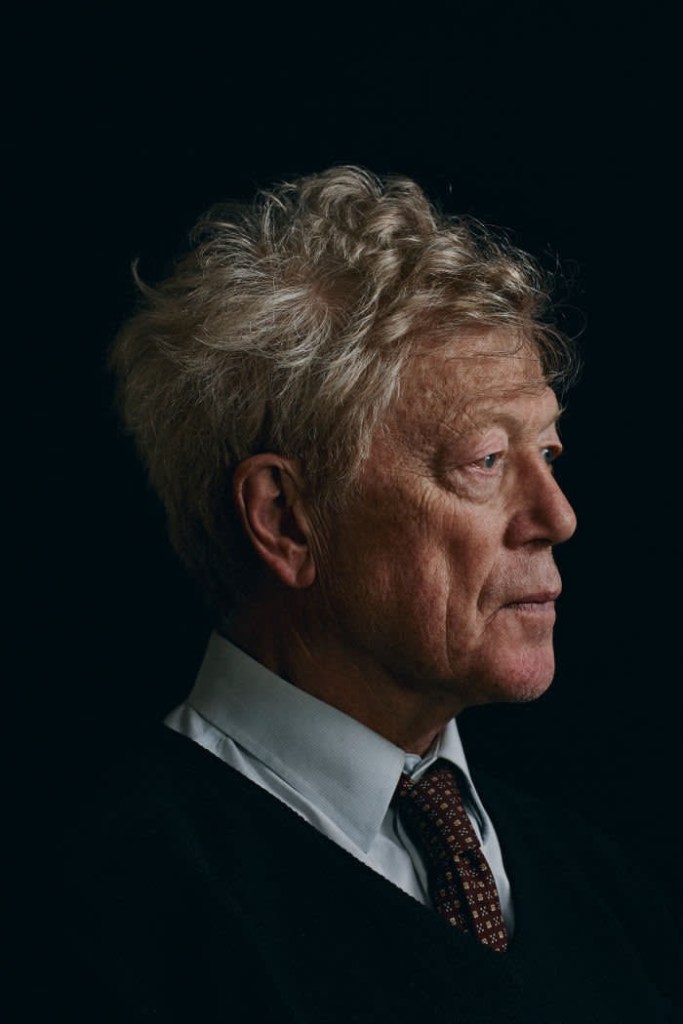It is the winter that such place provide their most lasting refreshment to the eye. For life has retreated, leaving its many colours half-hidden but perceivable, and the landscape is filled with a subtle counterpoint. The lesson so patiently taught by Corot, Turner and Cézanne – that no natural object is truly monochrome, and that even in the blackest thicket can be discovered all the colours of the palette – is repeated by winter. And that is why there is no better time to visit the country, to walk or ride in the fields, and to take the chance of the weather for the sake of the eyes.
Indeed, the worse the weather, the more refreshing the effect. Green dissolves in water, loses its sickly surfeit, and allows the residual notes of autumn to appear through the storm. Driving rain and wind-tormented branches fill the air with spangled flakes of red and brown. The bare trunk of an ageing hawthorn, deprived of its green mantle and its distracting gift of berries, comes suddenly alive, its bark streaked with vermilion, folded into itself and breaking away to reveal long stretches of polished pewter. The mottled gold of the weeping willow, the deep crimson hue of the dogwood, the pallid cinnamon of the field maple, the many tobacco-leaf, rust coloured and auburn highlights in the bark of an ash: all these are a source of delight, once you begin to notice them. The last ogee leaves of hazel, saffron yellow at the edges, but shading into green, recall the colours of the nut itself, while here and there in the hedgerows the vermilion rosehips and the last purple sloes give a poignant farewell to the life that produced them, like jewels in an old lady’s hair.
It is an interesting exercise to stare into a dark, denuded hedgerow and count the colours. Every shade of red and blue, from salmon pink to scarlet, and from deepest indigo to pale forget-me-not, is lurking there, recuperating from the light of summer. And as you watch these hues glimmer like embers you come to understand some of the mystery of colour how red excludes green and yellow and blue; how white is somehow not a colour at all, and the metal shades are like glosses in which colours are trapped and made invisible. These strange phenomena are not explained by the physics of light – a fact that Goethe noticed, and which led him to compose his great treatise on colour. They are not facts about things, but about us seeing things. Pondering them we are also pondering the mystery of consciousness. How is it that the world not only is, but also seems? Why was it not sufficient for the world to be?
Sir Roger Scruton, from his final Christmas message










































































































































































No comments:
Post a Comment